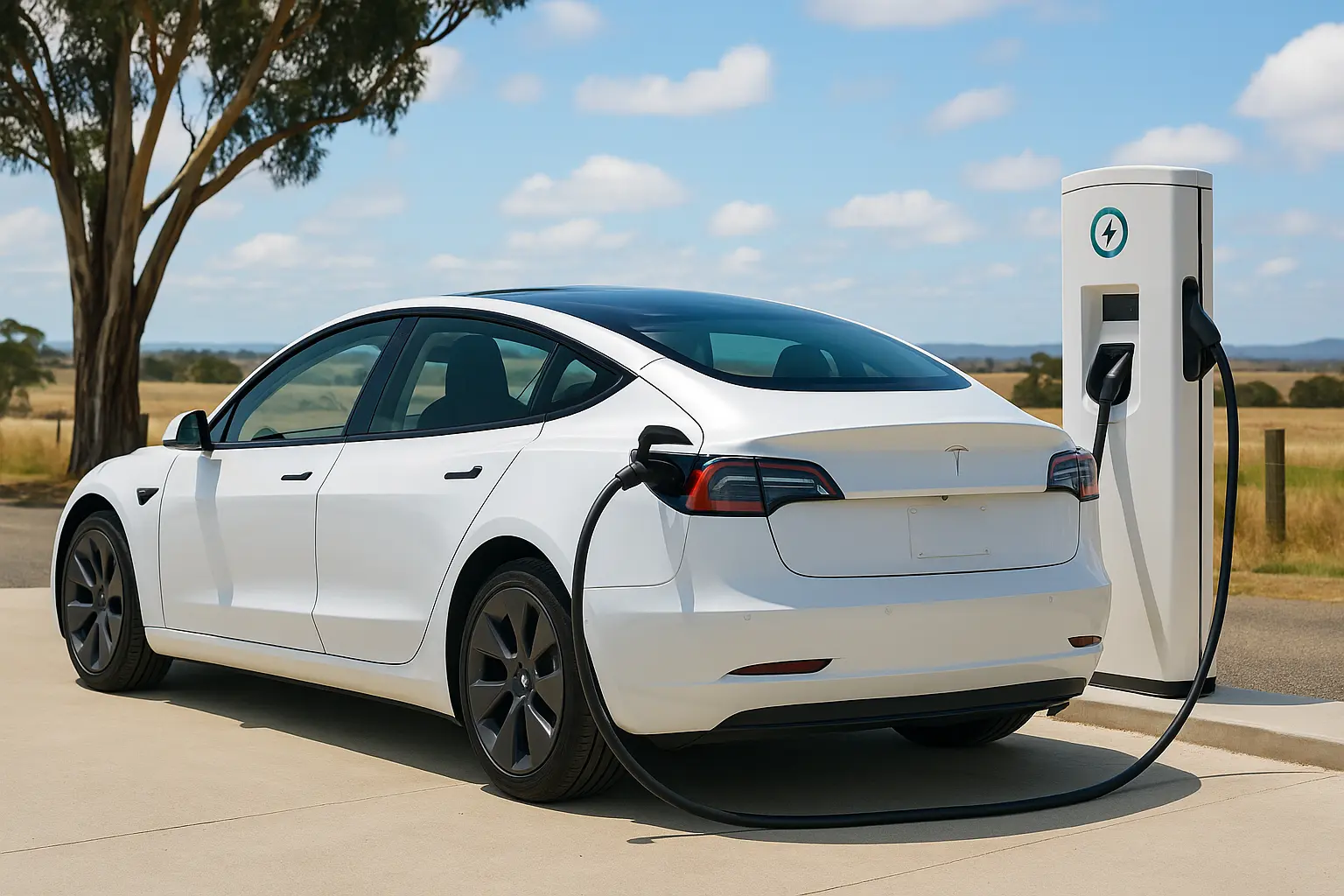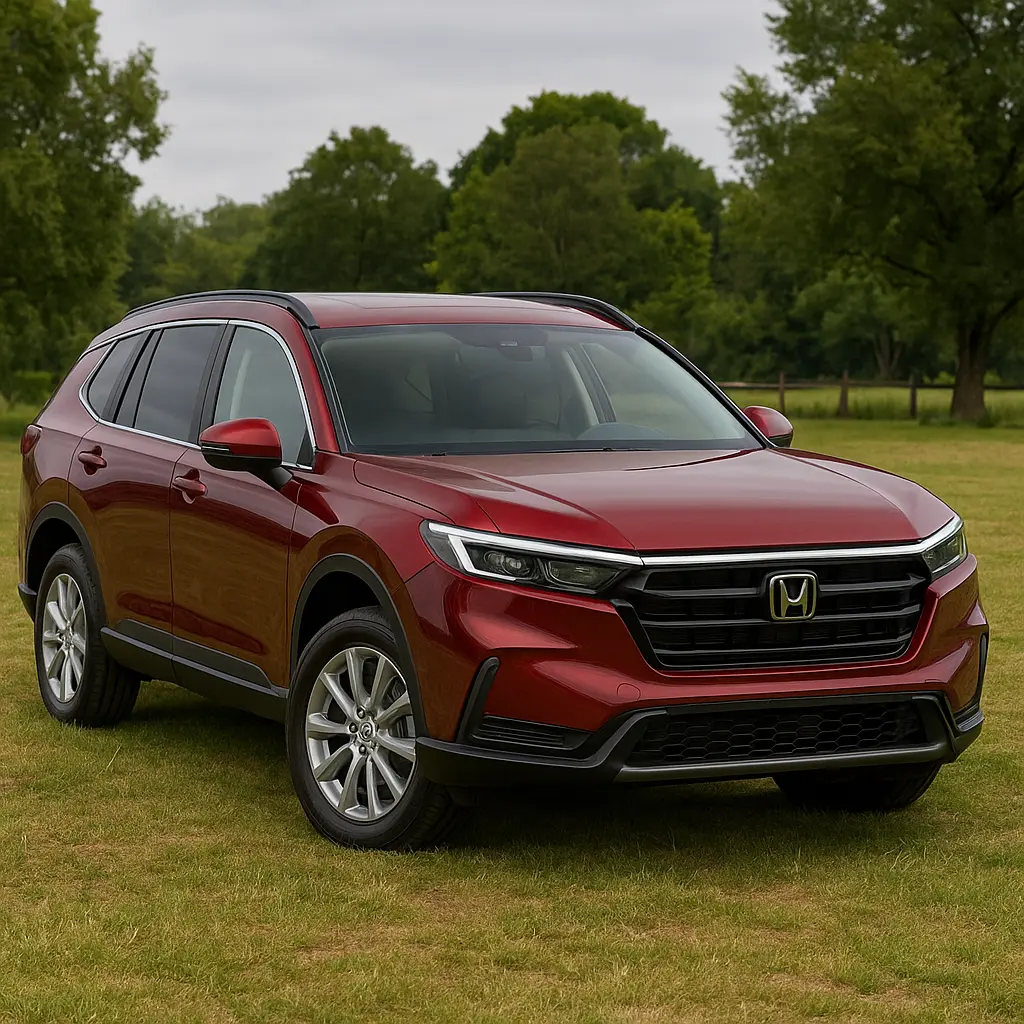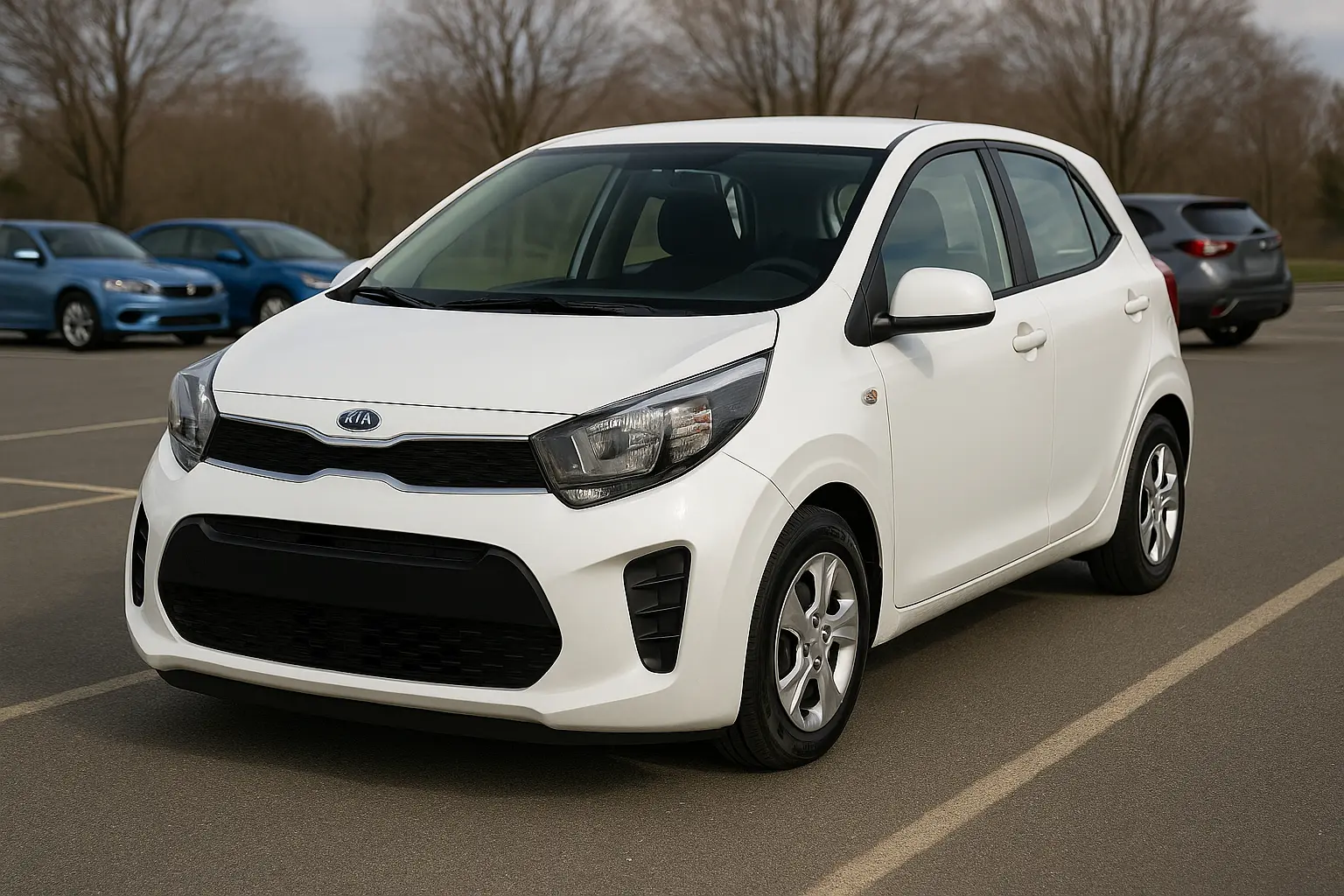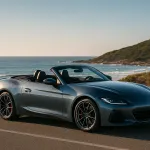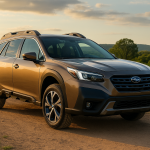Introduction: The 2025 EV Boom in Australia
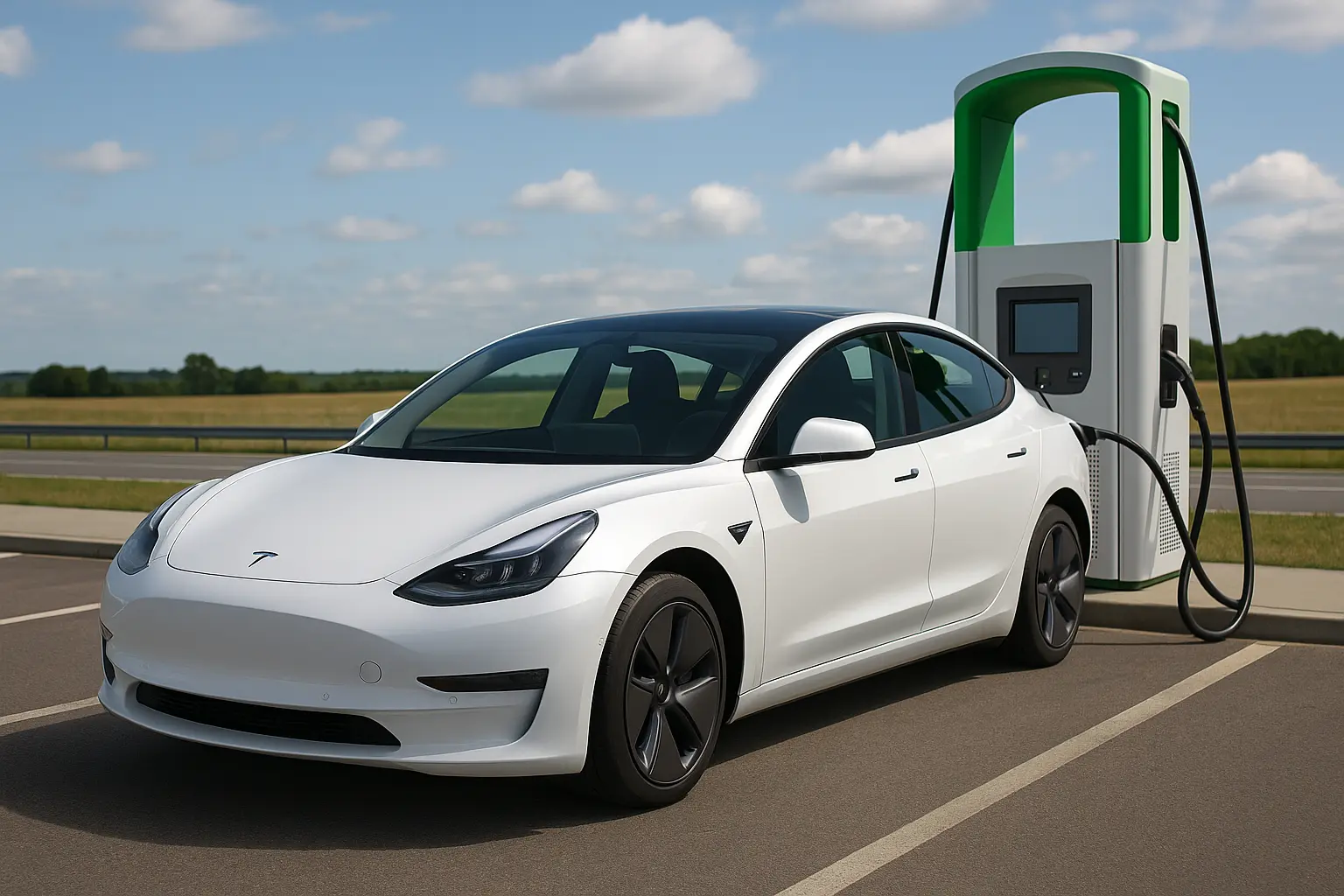
Electric vehicles (EVs) are no longer a futuristic concept or a luxury for early adopters. In 2025, they’ve hit the mainstream — and in Australia, their adoption rate is climbing fast. From Tesla and BYD to Hyundai and MG, almost every brand is bringing something electric to the table.
But the question remains: is now the right time to buy an EV in Australia? Or should you wait for more mature tech, better incentives, or infrastructure upgrades?
This comprehensive guide explores current market conditions, real-world ownership experiences, charging infrastructure, costs, and the direction Australia’s EV journey is heading. Let’s find out if 2025 is the year you should go electric.
1. EV Market Snapshot: What’s Changed in 2025?
1.1. Sales Growth and Adoption
As of mid-2025, electric vehicles represent over 15% of new car sales in Australia, up from just 3.8% in 2022. The growth is driven by:
- Improved affordability: More budget-friendly EV models under $50,000
- Government support: Rebates, reduced stamp duties, and fringe benefit tax (FBT) exemptions
- Increased consumer awareness: EVs are now part of everyday car-buying conversations
1.2. Variety and Availability
You’re no longer limited to just a few luxury models. EV buyers now choose from over 50 electric models across categories:
- Hatchbacks: MG4, GWM Ora, Nissan Leaf
- SUVs: Tesla Model Y, Hyundai Kona Electric, Kia EV6
- Utes and 4x4s: Models like the LDV eT60 are testing the segment
- Luxury & performance: BMW i4, Porsche Taycan, Polestar 2
2. The EV Buying Decision: Factors to Consider in 2025
2.1. Upfront Cost vs Long-Term Savings
While EVs are still typically $10,000–$20,000 more expensive than petrol equivalents, the gap is shrinking — and the running costs are significantly lower:
- No fuel expenses
- Fewer moving parts = less maintenance
- Cheaper servicing costs (no oil changes, spark plugs, etc.)
With petrol averaging $2.15 per litre and energy tariffs supporting off-peak EV charging, the financial case is clearer than ever — especially for high-mileage drivers.
2.2. Charging Infrastructure
The Australian EV charging network in 2025 is stronger than ever:
- Over 10,000 public chargers nationally
- Fast chargers on major highways (NRMA, Chargefox, Evie)
- Apartment dwellers gaining access to shared and strata-based charging
- More new homes are being built EV-ready
Still, charging anxiety remains a key barrier — especially for rural or long-distance drivers.
2.3. Government Incentives by State
Depending on where you live, you may benefit from:
| State | Rebate | Stamp Duty Exemption | FBT Exemption |
|---|---|---|---|
| NSW | $3,000 (now ended) | ✅ | ✅ |
| VIC | Ended in 2024 | ❌ | ✅ |
| QLD | $6,000 (as of 2025) | ✅ | ✅ |
| SA | No rebate | ✅ | ✅ |
| WA | $3,500 | ✅ | ✅ |
| TAS | ✅ | ✅ | ✅ |
While some states have wound back incentives, others like Queensland are stepping up support.
3. EV Ownership in 2025: Real-World Insights
3.1. Charging at Home: A Game-Changer
80% of EV owners in Australia charge at home overnight — using either:
- Standard 240V outlets (slow trickle)
- Dedicated 7kW wallbox chargers (faster, safer)
Home solar integration also allows for almost free driving, making EVs ideal for suburban homeowners.
3.2. Servicing and Maintenance
EVs require:
- No oil changes
- Less brake wear (thanks to regenerative braking)
- Less frequent servicing intervals
However, battery diagnostics, software updates, and tyre wear (especially on heavy EVs) still require attention.
3.3. Battery Longevity & Warranties
Most EVs sold in Australia offer:
- 8-year battery warranties
- Performance retention guarantees (e.g., 70–80% capacity)
Battery degradation is minimal in 2025 models, with better thermal management and software optimisations.
4. Common Buyer Questions in 2025
4.1. Is Charging Still a Hassle?
It depends on your lifestyle:
- Urban and suburban owners: No, if you have off-street parking
- Rural or frequent travellers: Possibly — regional fast charging is improving but not perfect
Charging time is also decreasing:
- 10–80% in 18–35 minutes at ultra-rapid stations
- Overnight full charge at home: 6–8 hours
4.2. What’s the Real Driving Range?
Top ranges in 2025 include:
- Tesla Model 3 Long Range – ~629km
- Kia EV9 – ~541km
- Polestar 2 – ~567km
- MG4 – ~450km
Affordable models average 350–450km, which is more than enough for most Australians.
4.3. Are EVs Good for Resale?
EV depreciation is still higher than ICE vehicles, but this is starting to stabilise.
Resale factors:
- Brand trust (Tesla holds value better than others)
- Battery health
- Warranty transfers
- Demand vs supply dynamics
5. The Case FOR Buying an EV in 2025
✅ Lower Running Costs: Electricity is cheaper than petrol
✅ Government Support: Rebates, FBT exemptions, stamp duty cuts
✅ Cleaner Driving: Zero tailpipe emissions, sustainable choice
✅ Future-Proofing: Resale value could improve as ICE phase-out looms
✅ Better Driving Experience: Instant torque, quiet ride, tech-forward cabins
✅ Growing Charging Infrastructure: Urban coverage is strong, with regional expansion underway
6. The Case AGAINST Buying an EV in 2025
❌ Upfront Costs Still High: Especially for SUVs and 4x4s
❌ Charging Limitations in Remote Areas: Rural drivers may struggle
❌ Resale Uncertainty: Market is evolving, but ICE resale still stronger
❌ Waiting Lists for Popular Models: Some models like Tesla Model Y, BYD Seal can have months-long wait times
❌ Battery Recycling and Sustainability Questions: Not all end-of-life pathways are clear yet
7. Buyer Sentiment in 2025: What Aussies Are Saying
Recent surveys show:
- 62% of Australians are considering an EV as their next car
- Affordability and charging are the biggest concerns
- Millennials and Gen Z are leading the EV shift
- Fleets and company cars are switching rapidly due to FBT perks
8. What Type of Buyer Should Go EV in 2025?
✔ Urban Commuters
Drive under 100km/day, have home or work charging — EVs are a no-brainer.
✔ Solar Homeowners
Offset charging with solar — enjoy $0 “fuel” costs.
✔ Fleet & Business Buyers
Massive tax savings, low maintenance, sustainable image.
✖ Regional Drivers
Still need to check charging maps before committing — infrastructure lags behind.
✖ Heavy Towing Needs
While options like the Rivian R1T or LDV eT60 exist, diesel still rules for towing capacity and range.
9. What's Coming Next: 2026 and Beyond
By 2026:
- More EVs under $40,000 expected (e.g. BYD Seagull)
- Better battery tech: Solid-state batteries promise higher density and faster charging
- Stricter emissions targets may increase ICE vehicle costs
- Improved recycling chains for lithium and cobalt batteries
- End of ICE sales: Europe is mandating bans from 2035 — Australia may follow
Conclusion: So, Is It the Right Time to Buy an EV in Australia?
If you:
- Have regular access to charging (home or work)
- Want lower running costs and minimal servicing
- Are ready to invest in the future of mobility
Then yes — 2025 is a fantastic time to buy an EV in Australia.
However, if you're heavily reliant on long-distance regional driving, tow large loads frequently, or can’t yet access charging, you may want to wait one more year for better coverage and more affordable options.
The tide has turned. EVs in Australia are no longer niche — they’re a real, affordable, and smart choice for everyday driving in 2025.
Leave a comment
Your email address will not be published. Required fields are marked *


